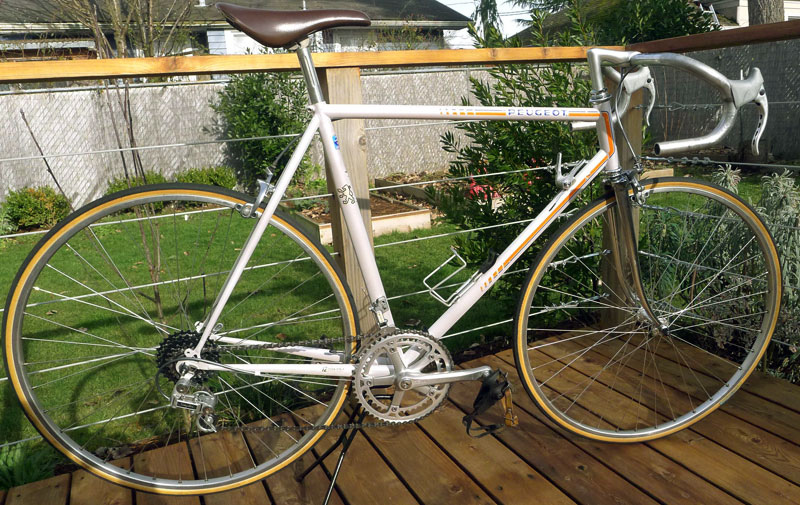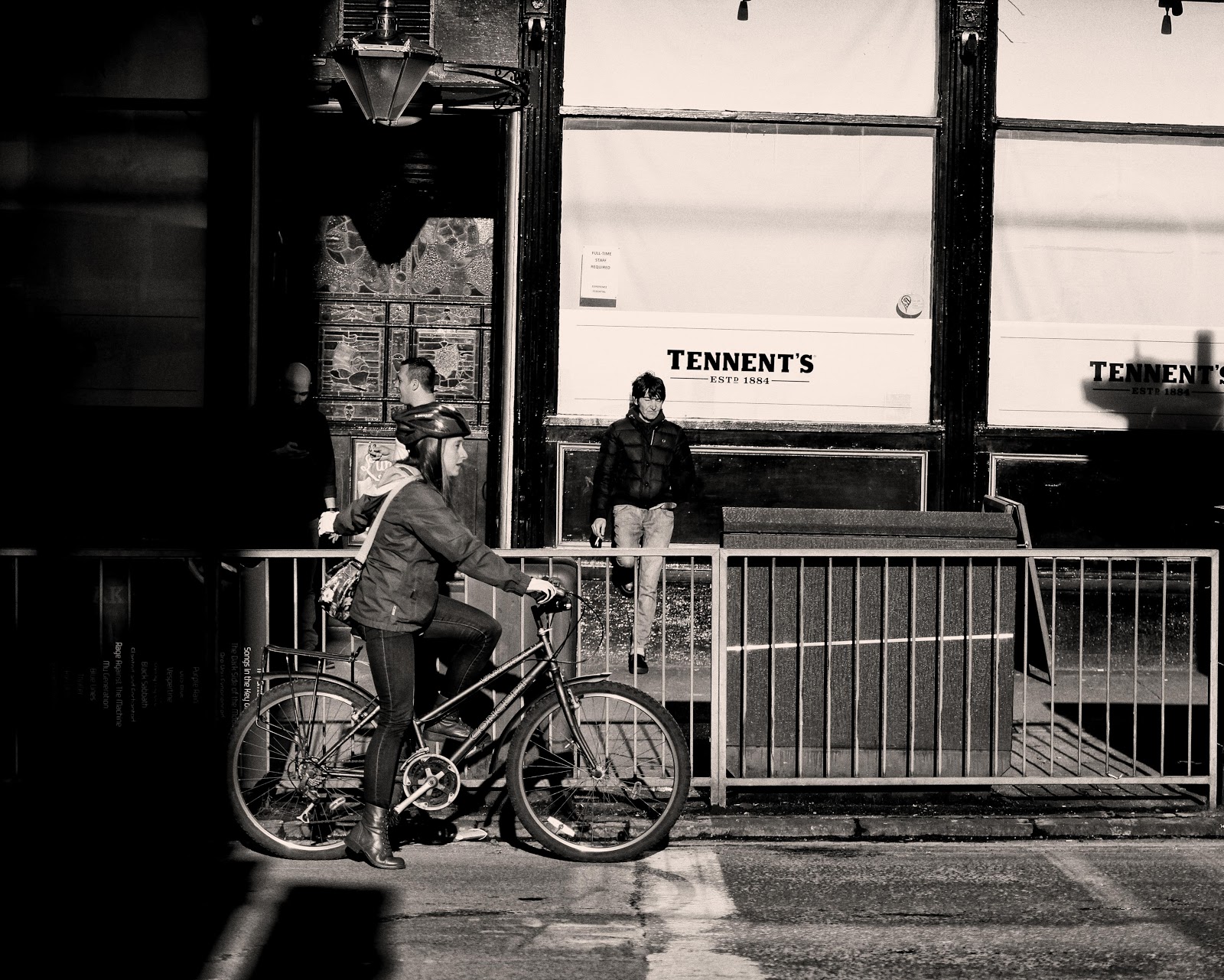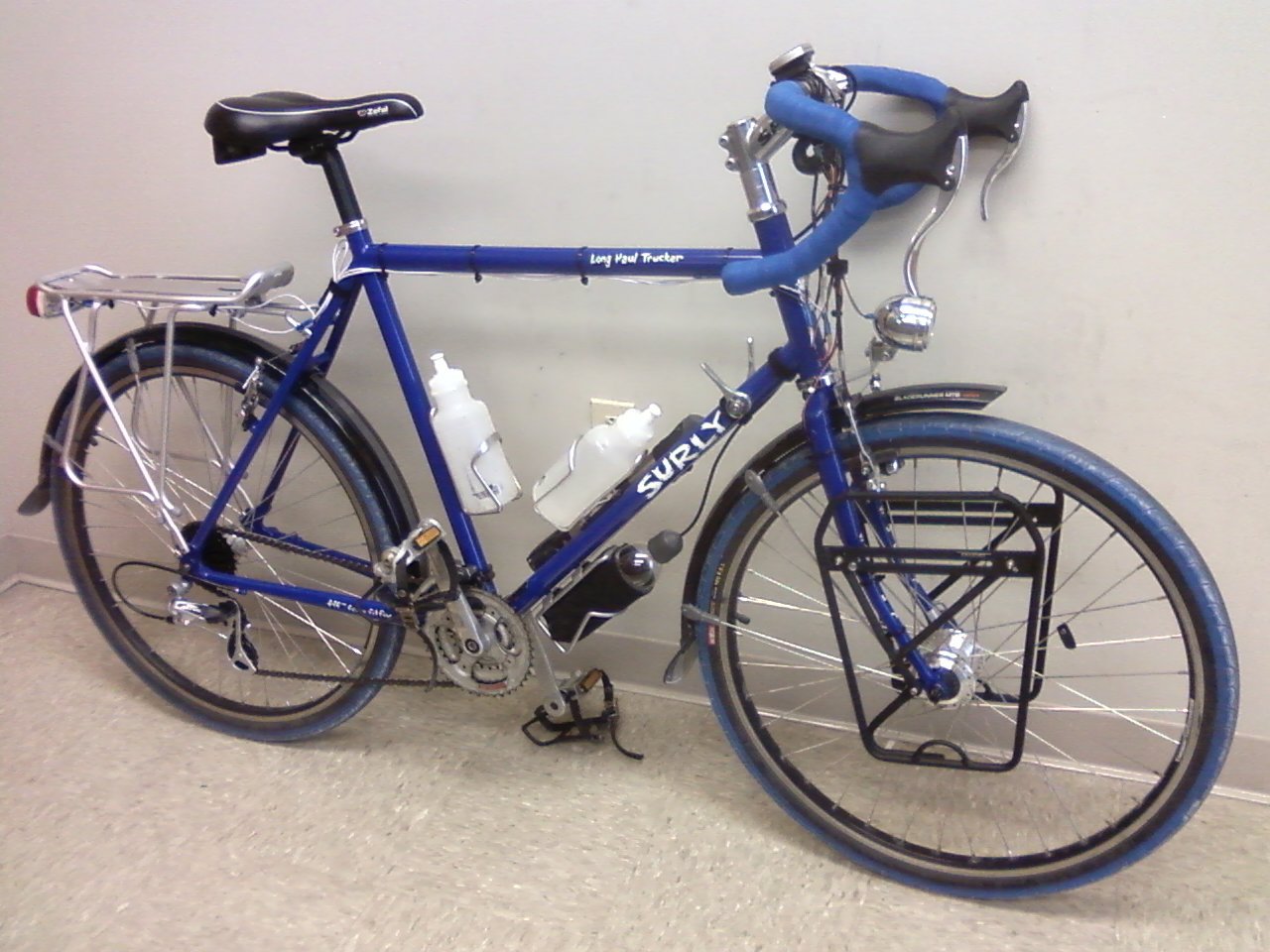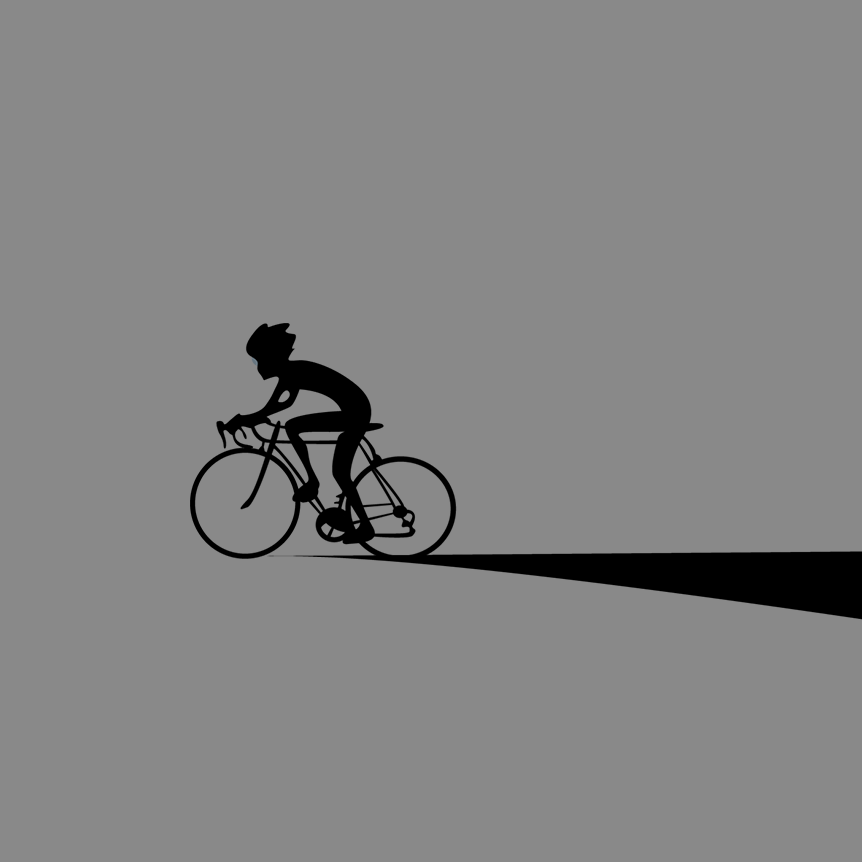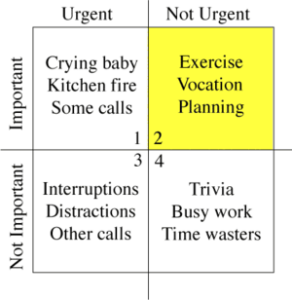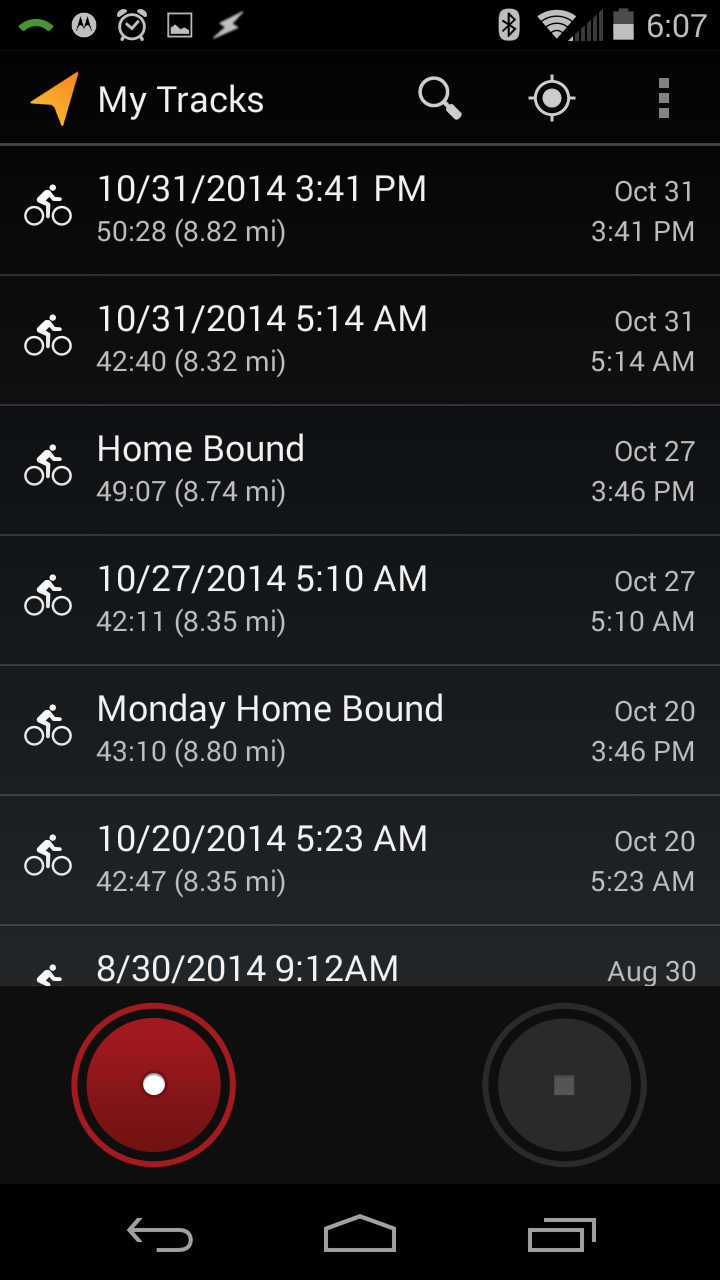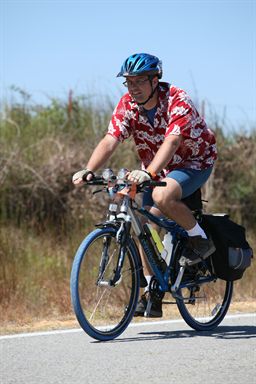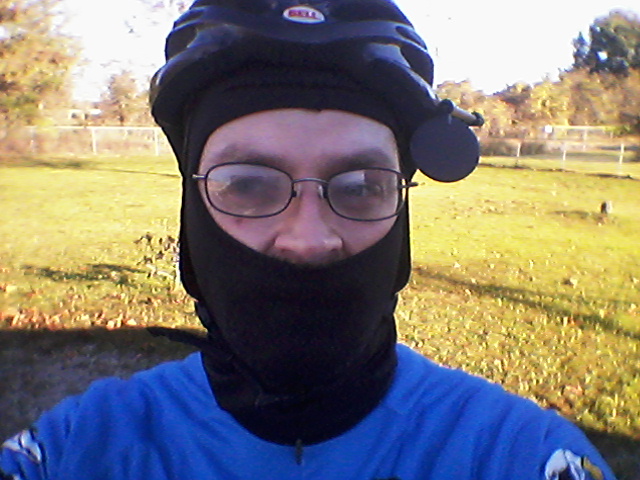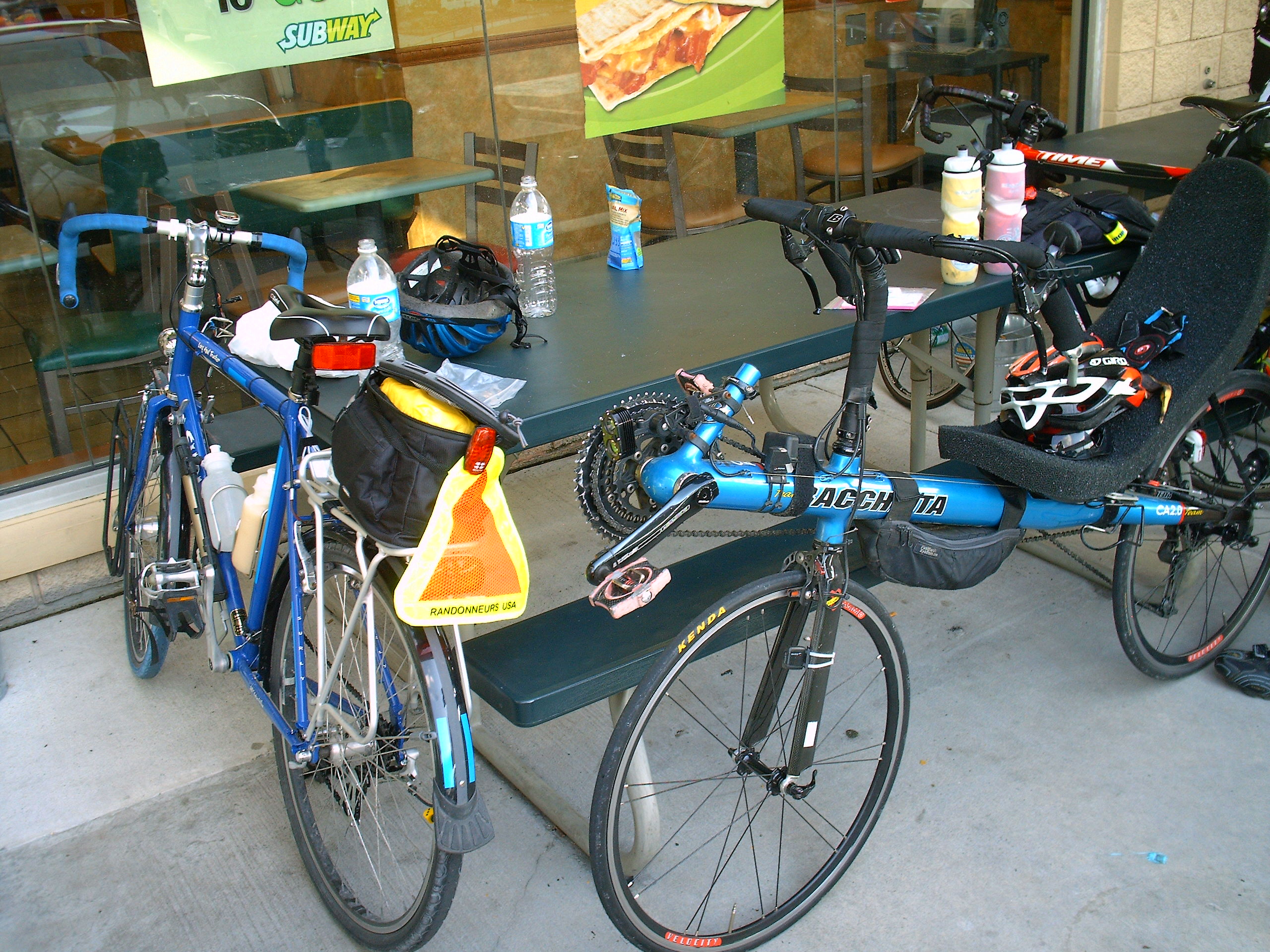Anyone familiar with The Rules of cycling knows that the proper number of bikes to have is “N+1” where N is the number you currently have.
My first real 700C road bike was a used 12-speed Peugeot I got back in the early 90’s. When I think of old-school road bikes, that’s the first thing that pops in my head. It’s French, it’s classy, it’s fast… what’s not to like?
And thus I’ve procured an ’82 Peugeot 12-speed. Well, most of one. The picture is from Josh at Simplicity Vintage Cycles, who sold me a different, but identical bike (sans wheels). Mine will look very similar, though with a different crankset, and other different small bits and pieces.
This particular model is an ’82 PH-12 Centennial Edition, which was to commemorate Peugeot’s founding in 1882. Everything on the bike was French, including the “Carbolite” steel tubing and Michelin tires. This bike is interesting not only because of that, but also because it’s aero.. like, really aero for the 80’s. Brake levers, downtube shifters, ovalized tubes, water bottle, and brake calipers were all specifically made to be aerodynamic.
So I guess what I’m going to do is build it up and see just how aero it is, compared to a modern swoopy-tubed bike. This will be my go-to bike for club rides where my heavy, slow Surly would be a liability.
I’m pretty stoked about it, really. Can’t wait to get it on the road!

